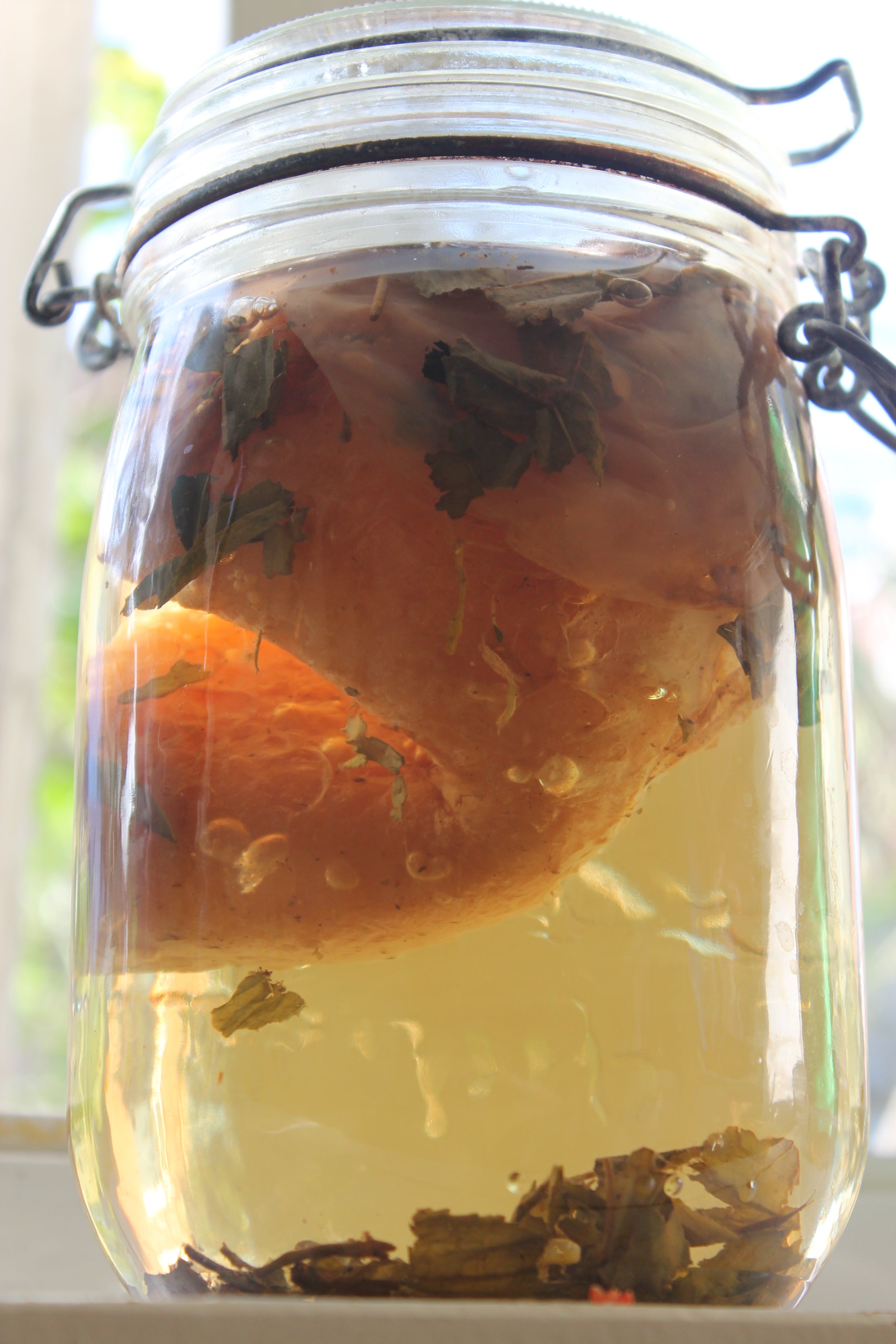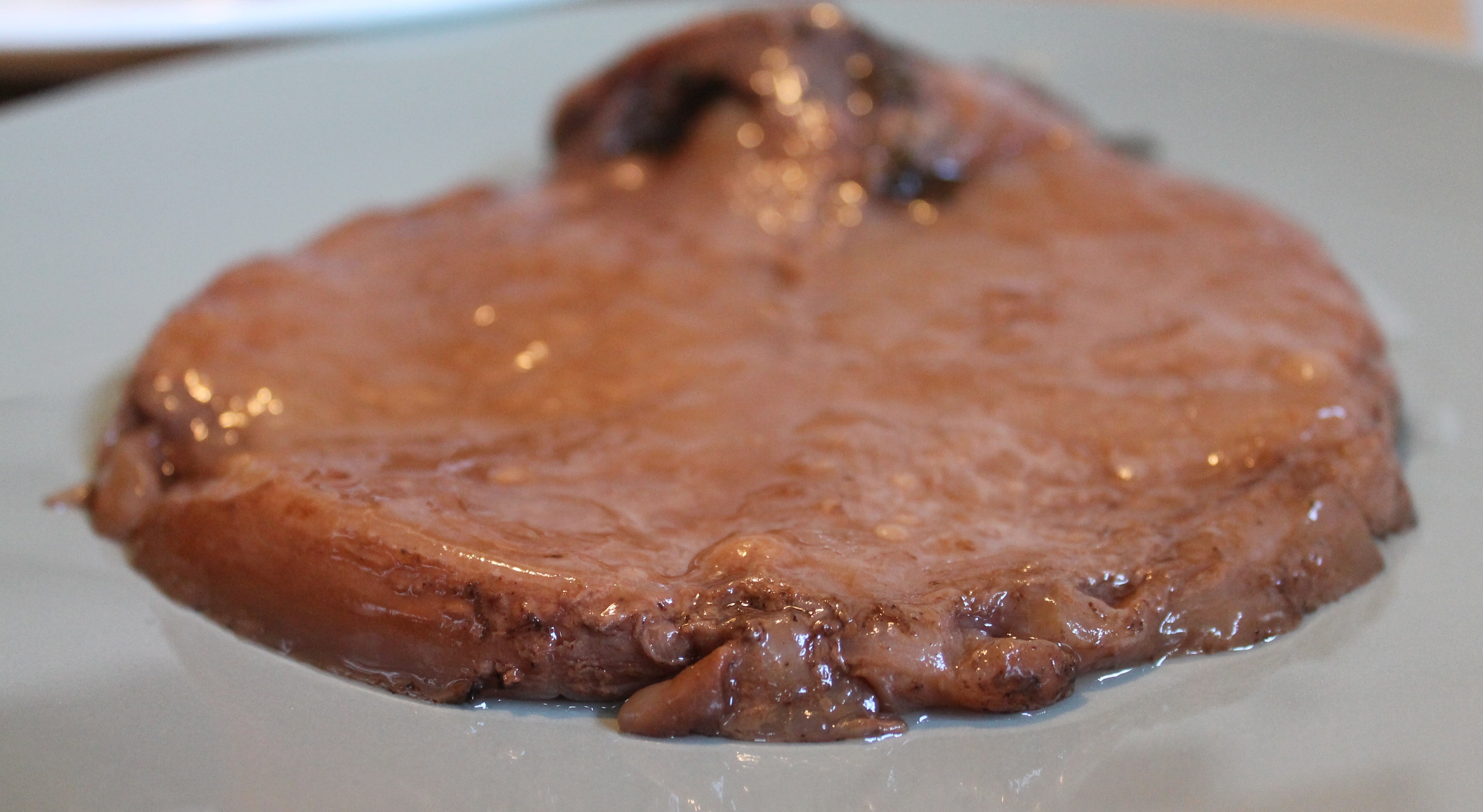
Kombucha may be more than just a trendy drink. The fermented tea may also benefit spacefaring humans living on the Moon and Mars.
Kombucha is a combination of sugar, tea, yeast, and Symbiotic Culture Of acetic acid Bacteria, or SCOBY. The bacterium then breaks down the sugars and yeast, resulting in an acidic fizzy drink. Multicellular biofilms found in kombucha can survive in harsh environments on Earth, and scientists have been investigating whether the organisms found in the beverage could also endure extreme conditions in space.
Evidence suggests that they not only could survive these conditions, but that they also have the potential to repair their own DNA after radiation exposure. As a result, the same microorganisms found in kombucha are being considered for building materials or other components of large space settlements.
According to a press release, the European Space Agency’s (ESA) Expose facility atop the International Space Station (ISS) has conducted experiments designed to test how bacteria survive in space and in simulated martian conditions. While some bacteria samples remained inside the facility, others flew outside of the ISS.
“Due to their ability to produce oxygen and function as bio-factories, this biotechnology could significantly enhance future space missions and human space exploration efforts,” said Nicol Caplin, a deep space exploration scientist for ESA, in a statement.
Kombucha’s cosmic trip
The kombucha cultures were first sent by the ESA to the ISS in 2014 for an 18-month trip in space. This experiment analyzed the organisms and their molecular structures to see how they changed or reacted to unfiltered solar light, radiation, and temperature shifts in space.
Scientists found that kombucha cultures can withstand the adverse space conditions by making cellulose-based structures to resist the high temperatures and radiation exposure. What’s more, in Earth-bound experiments, kombucha cultures are stronger when mixed with simulated Moon dust. The thick biofilm’s cellulose absorbs minerals from the soil, further protecting the culture.

Kombucha vs. Space
The results showed that cyanobacterium, a type of microorganism, could repair its DNA and continue cell division after exposure to radiation in space. It also resisted iron ions known to cause extensive cell damage.
Researchers suspect something called the sulA gene may be responsible for stopping cells from dividing until they have fixed their DNA damage. This gene could play a part in it by acting like a stoplight signal for cells.
Another experiment on the ISS revealed that cell clusters are a microhabitat to smaller species, suggesting that some cells can “hitchhike” through with larger groups of cells that protect the piggybacking cells. Experiments like these can help scientists learn how cell clusters and biofilms could be used as protection from the extremes of space and prevent contamination on space missions.
Using microbes as a radiation model, teams on Earth can find how to best protect astronauts against space radiation that can harm them on long-term missions. “The cultures show great potential in supporting long-term human presence on the Moon and on Mars,” says Petra Rettberg, Head of the German Aerospace Center’s (DLR) astrobiology group, in a statement.









